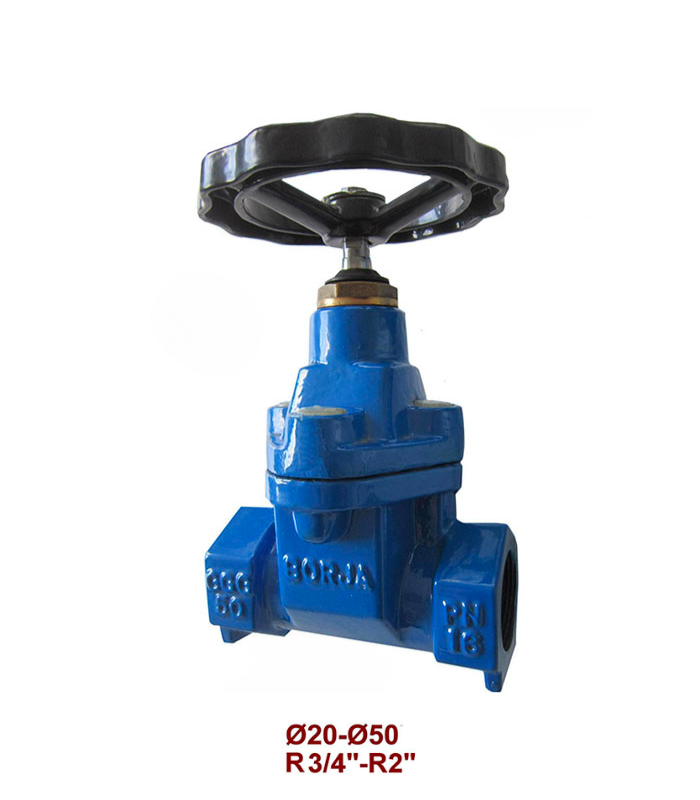Our resilient seated gate valves serves to stop or give complete passage to a fluid, opening and closing the circuit using a rubberized wedge that gradually closes vertically until it conforms to the inside of the valve body. It is bidirectional and integral passage so it offers minimal load loss.
It is full bore and is installed in pipes as isolation valves. Do not use it as a control or regulation valve. To close we will make a rotating movement of the steering wheel clockwise and counterclockwise to open. As it is an internal spindle valve, operation is carried out by means of a threaded spindle that does not go up or down, it only rotates and moves a rubberized wedge up or down along with a spindle nut that is housed in its upper part.
It is used when a small head loss and total pitch are needed.
When it is completely open, it does not usually present an obstruction to the passage of the fluid, which gives a low pressure loss.
As it is completely open, the design allows the use of devices to clean the inside of the pipes. The manually operated valve, since its operation is slow, will also avoid the effects of water hammer.
It has an interior body with a flat bottom that allows free passage of impurities through the valve. The rubberized wedge when closing traps and absorbs impurities as the valve closes, and eliminates them when the valve opens, recovering the wedge rubber the original shape. This ensures a tight airtight seal.
BSP thread connections comply with BS 21/2779, DIN-259/2999.











